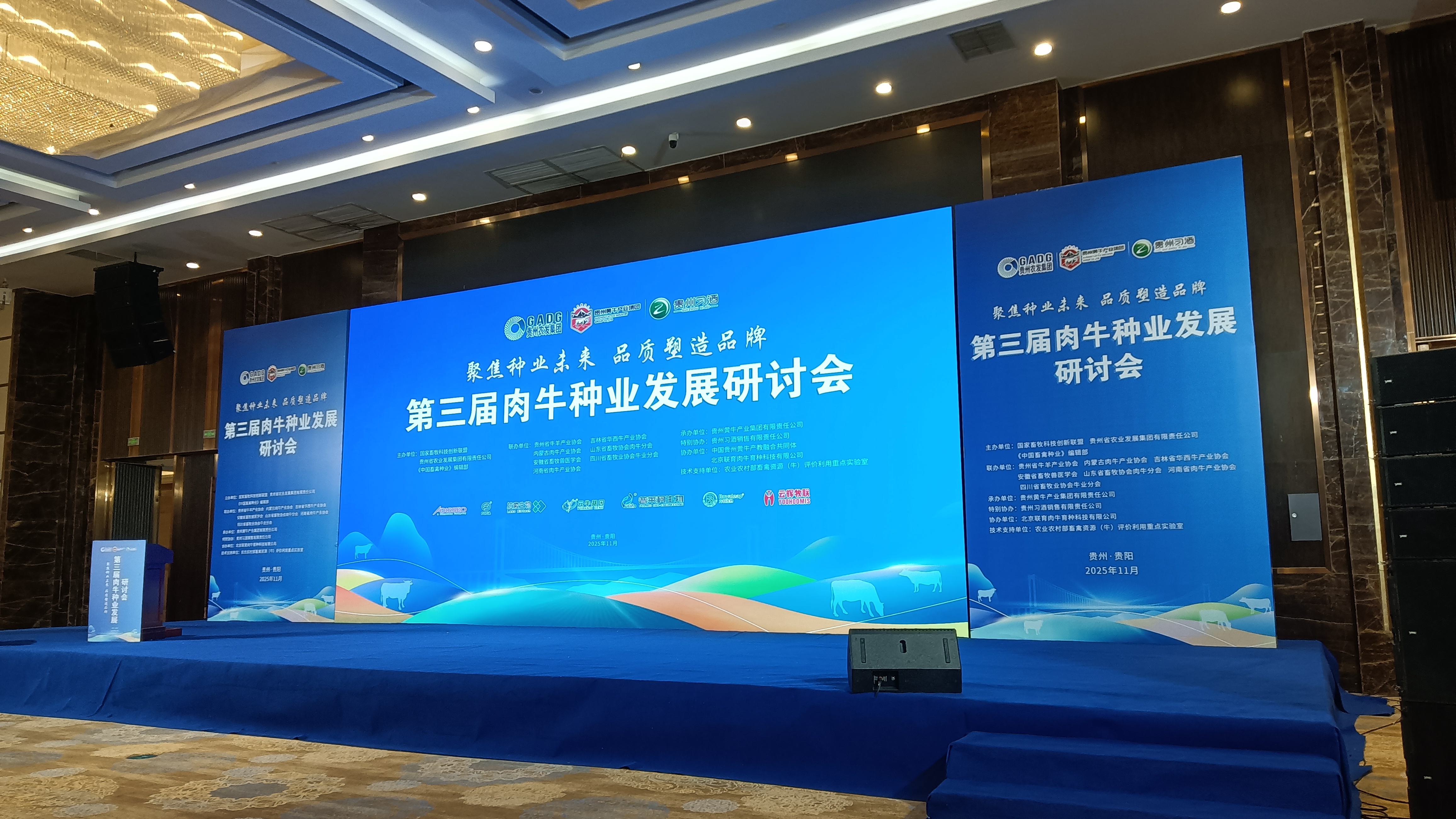Imported backfat analyzer is used to detect the increasing incidence of difficult delivery and stillbirth in sows due to prenatal obesity, resulting in a lack of milk after delivery. The estrus rate is low after 7 days of weaning, and there is excessive weight loss after weaning. Backfat measurement is generally taken at a distance of 4-5cm from the midline of the back between the third to fourth ribs of the sow. Excessive fat in sows is not conducive to their reproductive performance, resulting in wastage of feed and increasing production costs in pig farms. The excessive thinness of sows leads to severe weight loss after weaning, requiring additional feed to restore fat, which can also result in wastage of feed. The imported backfat analyzer found that a low backfat thickness can lead to a higher proportion of sows returning to estrus; The utilization period of sows has decreased; The time interval between weaning and estrus increases. Maintaining a reasonable fat condition is beneficial for maintaining the performance of sows at a high level.
Imported backfat analyzer
Imported backfat analyzer to detect the effect of backfat thickness on production performance of sows at different stages
Imaging of Fat Thickness in Sow Stage
A reserve sow size of 16-20mm is beneficial for piglet litter weight at birth
The backfat thickness ≥ 25mm before delivery of primiparous and multiparous sows has adverse effects on their reproductive performance
When lactating sows are weaned, a backfat thickness of 17.5-22.5mm is beneficial for shortening the estrus interval
Weaned sows ≤ 16mm indicate severe fat loss and require a large amount of feed to restore fat, which affects the reproductive performance of the next litter.
≤ 14mm directly leads to estrus and expulsion of sows, affecting the development of pig farms.









